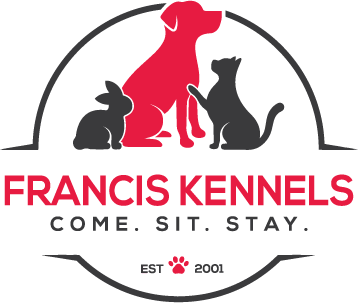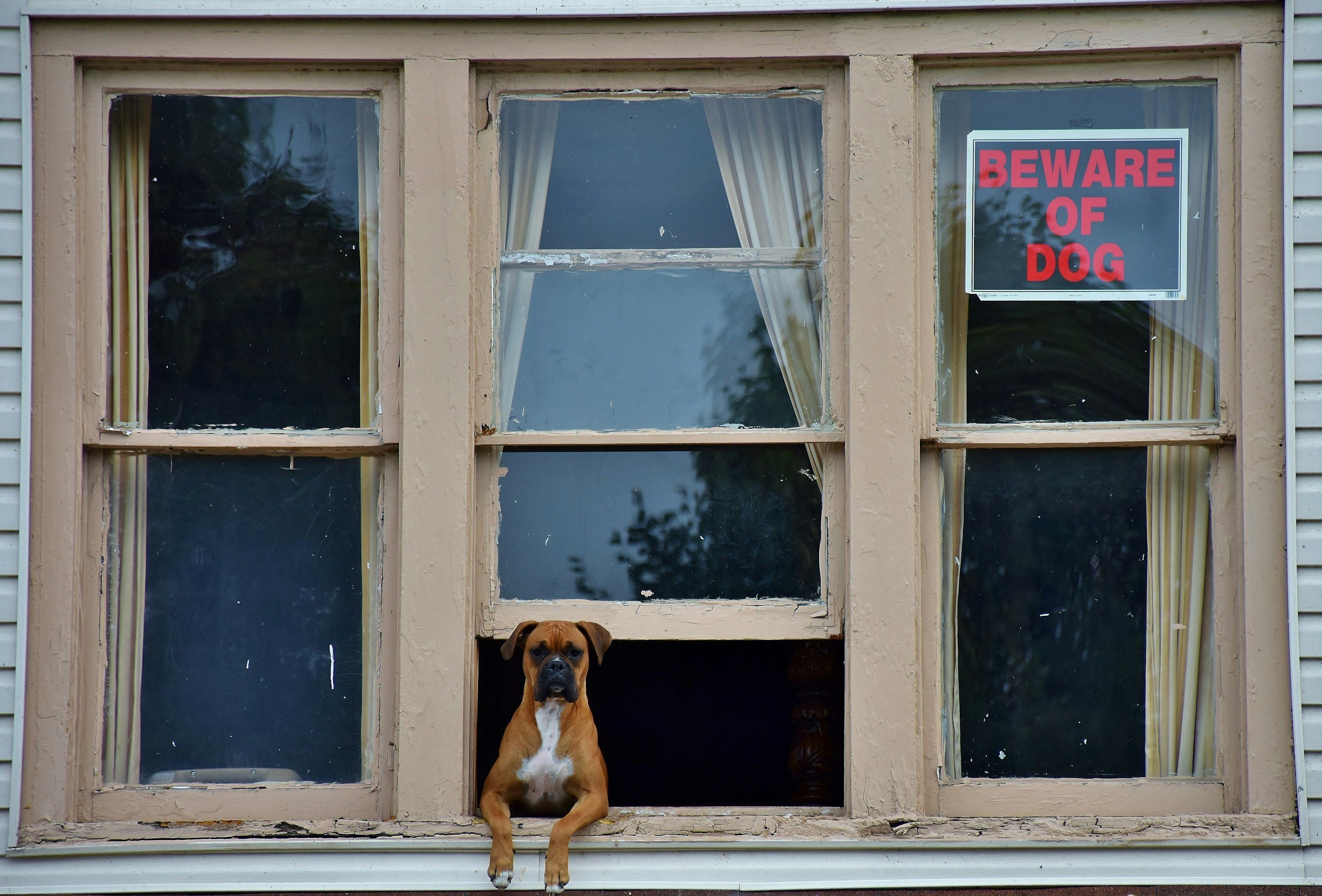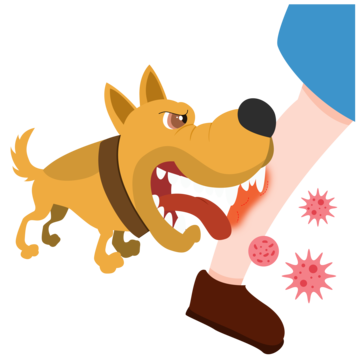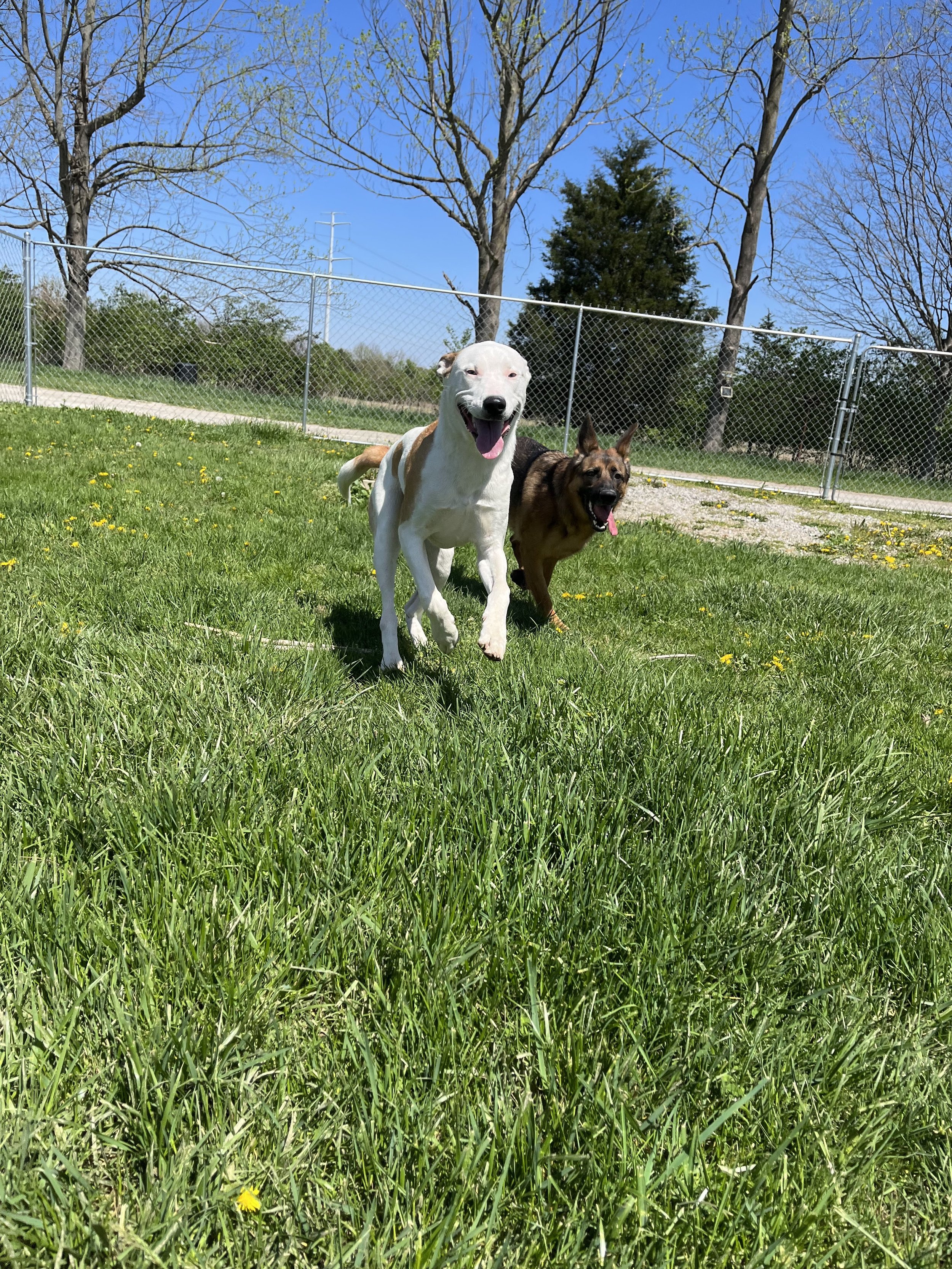Emilee Brewer
Last time, we touched on the sporting, hound, and working dog groups. Next up are the terrier, toy, non-sporting, herding, and miscellaneous groups. Buckle up for another informative look into the different breeds!
Starting off, we’ve got the terrier group. The terriers were bred for hunting, killing vermin, and guarding homes. These guys are feisty and stubborn. Their sizes are all over the place, with some of them being fairly small, like the Cairn Terrier, and others being larger, such as the American Staffordshire Terrier. Terriers are a hard-headed bunch, so be prepared for some pushback during training. Once you get them on your side, though, terriers make excellent pets!
Next up, the toys. The little guys with big personalities. According to the AKC, toy dogs are affectionate, sociable, and can easily adapt to a wide variety of lifestyles. Dogs in the toy group make excellent apartment dogs since they don’t take up much space and they can easily fit in your lap. The toy breed features a wide range of dogs like the Havanese, Chihuahua, and the Italian Greyhound. The main requirement to fall into this category is weighing 15 pounds or less, with some even being as small as four pounds fully grown!
We touched on the sporting group, and now it’s the non-sporting group's turn! Non-sporting covers a lot of dogs, so it’s hard to pinpoint a distinct look or personality. These dogs are usually excellent watchdogs and house dogs. They don’t require nearly as much exercise as their sports counterparts, so they make for a great walking buddy and even just someone to keep you company. Non-sporting dogs include the charming bulldog, the regal shar pei, and even the ever-loyal Dalmatian.
The herders, as the name implies, love to herd things. They have an instinctual need to control their environment and round up any and everything in the room (including the kids!). Herders were bred to gather and protect livestock and they are damn good at their jobs. They are very intelligent dogs and take their duties seriously. Often used in police departments, the Belgian Malinois and German Shepherd both fall into the herding group. There’s also the Australian Cattle Dog, Border Collie, and the Bergamasco Sheepdog.
Last but very much not least, the miscellaneous group! Basically, this group is any breed of dog not recognized by the AKC and that doesn’t quite fit into the other groups. Some really fun breeds fall into this group including the Czechoslovakian Vlcak, the Kai Ken, and the Russian Tsvetnaya Bolonka.
As previously stated, you always want to research the breed before deciding on what to adopt. Consider your lifestyle! Someone who lives a more sedentary lifestyle probably wouldn’t do well with a Malinois, but may have the best life with a basset hound! Conversely, don’t pick a bulldog for your marathoning buddy. And even then, while each breed has expected traits and energy levels, every dog is unique, and they may not meet their “breed standard”. Research and meet and meet-and-greets are your best friends when picking your canine companion.













